Just the Math

The reproductive health of women and girls—particularly their ability to access modern contraception—is a critical factor for improving their lives and overall well-being. Preventing unintended pregnancies reduces maternal and infant deaths, decreases unsafe abortions, and allows many adolescent girls to continue their education. Access to and use of contraception also gives women control over their sexuality and reproduction, which results in a healthy, productive life.

The first thing you notice at the Barabanki Community Health Center (CHC) in Uttar Pradesh is its bright pink walls. Pristine and cheerful, they look freshly painted. In fact, everything about this facility looks new. So new that it’s uncanny. No nurses are bustling about, and the waiting rooms are almost empty. Dr. Upendra Kumar, the medical superintendent, explains that this is no accident:
“We have no dedicated staff here. I, and any staff you see, travel from other health centers to serve this community. We have no counselors, no oxygen, and any furniture we have is donated. This community health center is not even on the Indian government’s national map of health facilities.”
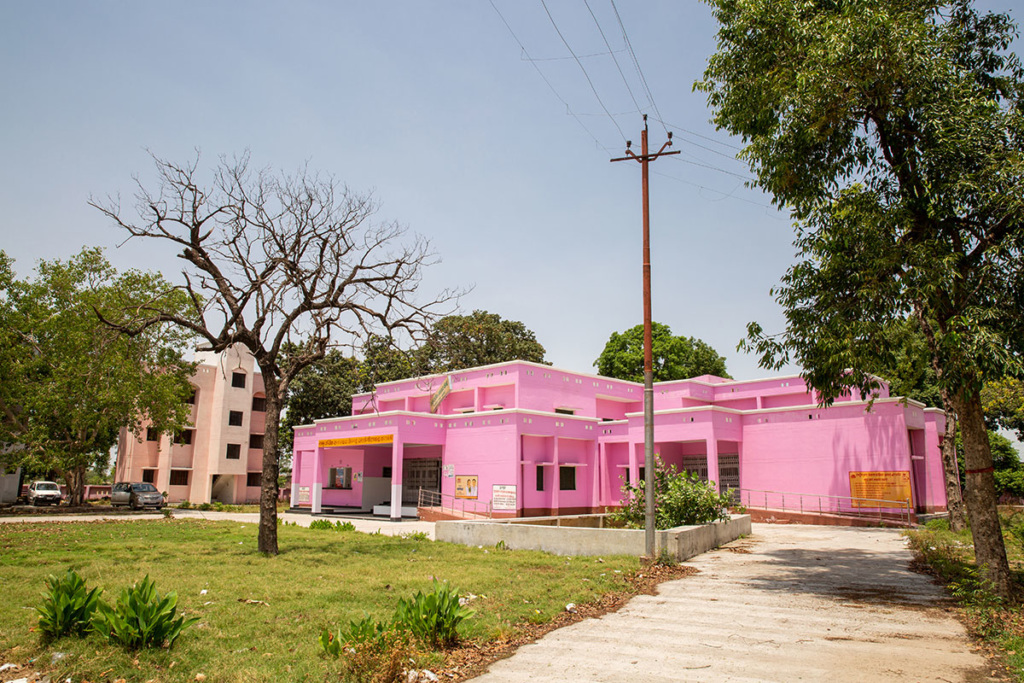
The Barabanki Community Health Center was built two years ago—the result of advocacy by the local community to address urgent health needs. Uptake of family planning is relatively low in this area and maternal mortality is high. Forty percent of women still deliver at home, in part because distance to health facilities is a barrier. In fact, even though the next nearest community health center is fully equipped, it is located in such a hard-to-reach area that people come to Barabanki instead. Dr. Kumar estimates that he sees about 100 patients per day—almost three times as many as the number who visit the other facility. On the day the health center was inaugurated, 250 patients came to receive care. If the facility were fully operational, Dr. Kumar expects that he would see as many as 400 patients daily.
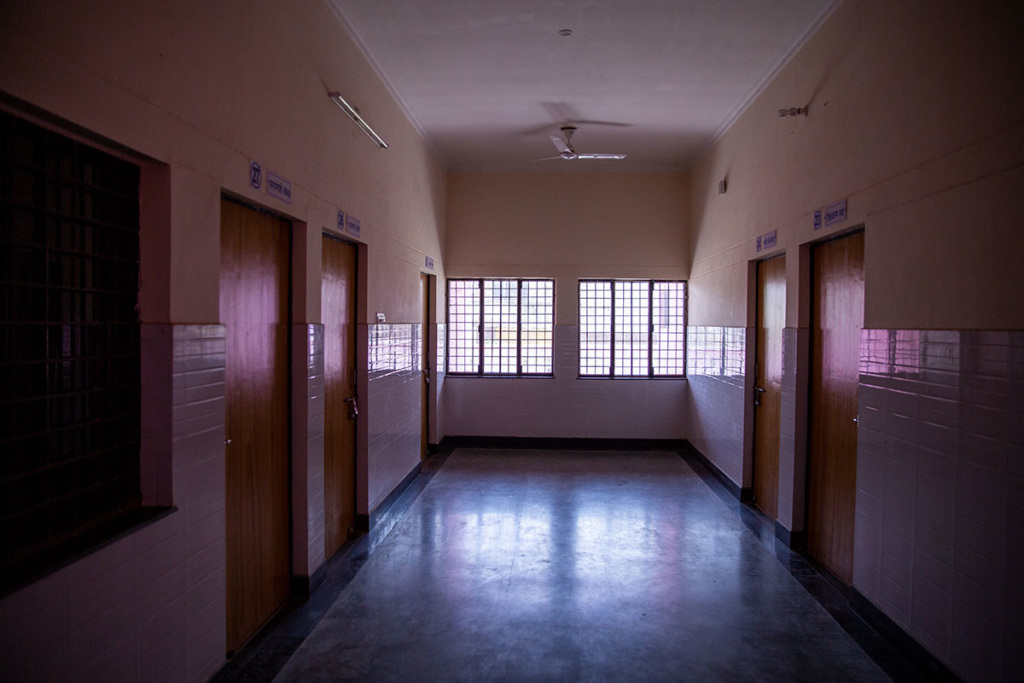
Yet, despite the clear demand, the future of the community health center remains uncertain, tangled in a web of bureaucracy and politics. The facility was built just before local elections in 2016. When the ruling party lost, the community health center was immediately deprioritized. Now a symbol of the old government, the new local government refused to fund it.
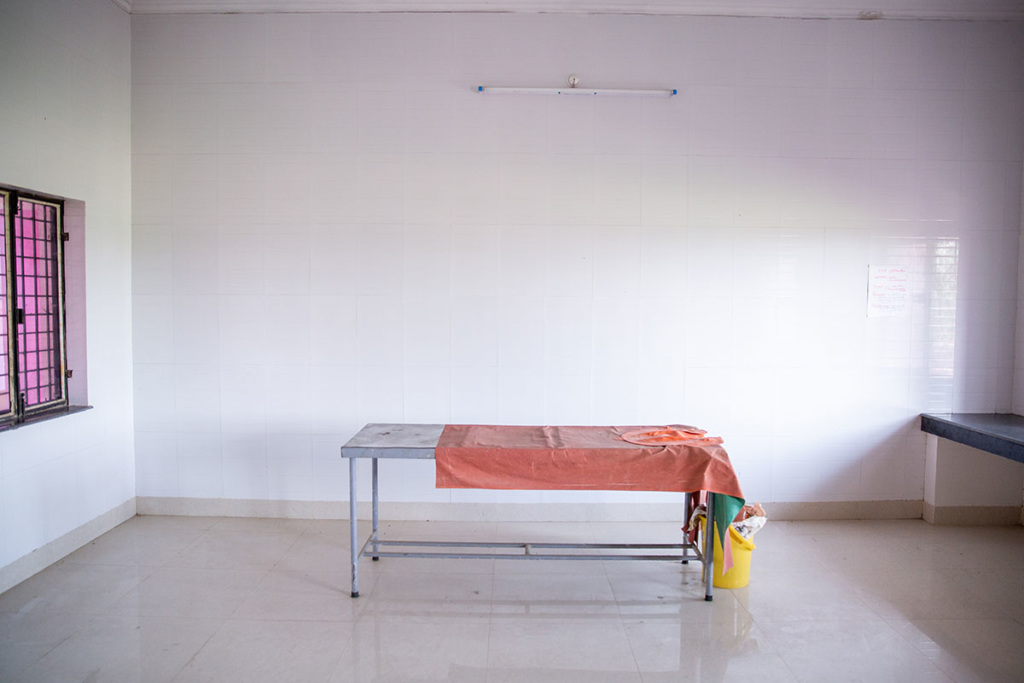
So, Dr. Kumar took matters into his own hands. He uses his car for field visits and pays the cleaning staff out of his own pocket. He also struck a deal with two other community health centers to cover some of the other costs of operations. They donate staff, furniture and supplies to help keep the center running. The partnership has also allowed community health workers like accredited social health activists (ASHAs) and auxiliary nurse midwives (ANMs) to access contraceptive and maternal health supplies. However, severe gaps remain. The community health center only has two of six needed delivery kits and lacks drugs to treat preeclampsia and postpartum hemorrhage.
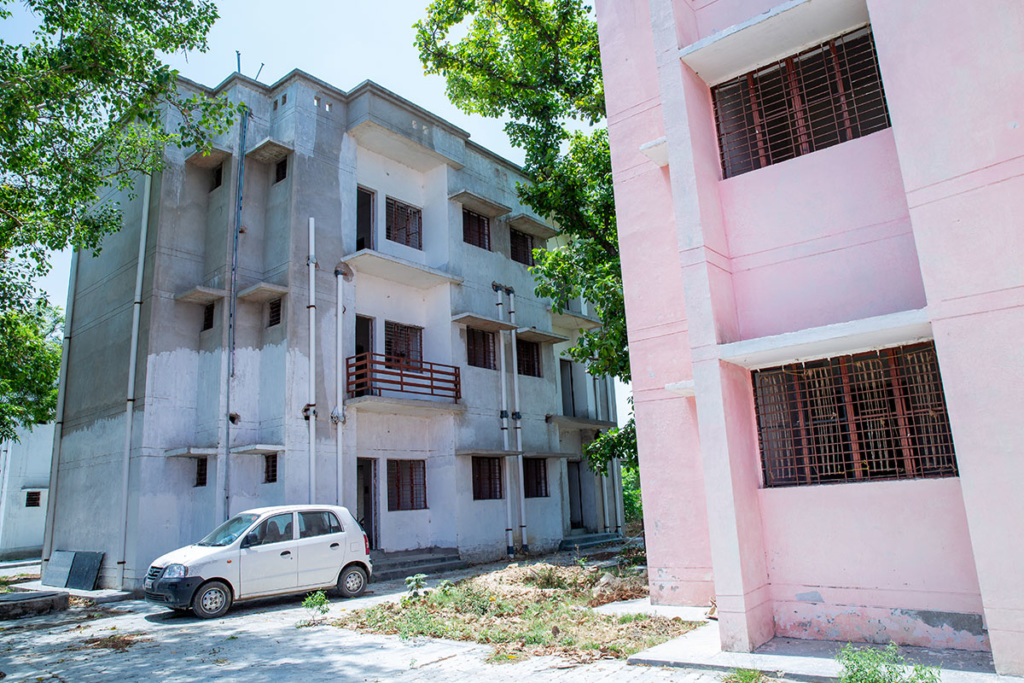
Dr. Kumar wants to attract more doctors, but it has proven challenging. There is no money to complete the doctors’ quarters. Only the outer structure has been built, and now the contractor is saying that the cost to complete it is higher than first quoted. Dr. Kumar does not know where the extra money will come from.
The Barabanki Community Health Center is an example of how difficult it can be to guarantee access to high-quality sexual and reproductive health services even when there is a national mandate to bring health care closer to communities—and even when communities are aware of and agitate for their rights. In this case, politics stands between health care providers and their patients, restricting resources and diminishing the quality of care they can offer.

“The community fought for this facility, but it hasn’t really come to fruition. What message does that send?” asks Dr. Kumar. “It’s a real problem. Those who most benefit from the CHC are the poor. People are quite angry.”
The experience has turned this doctor into a fierce advocate. He has never stopped reaching out to the local government since the health center was built.

His efforts are paying off.
Finally, after two years, he has succeeded in securing a dedicated budget for the facility. But it’s just a first step. The money has not yet been disbursed and he doesn’t know how many staff will be sent to the community health center by the Chief Medical Officer, a district-level official. Dr. Kumar recognizes the importance of partnerships with community-based organizations that combine social accountability (initiatives that educate communities about their rights) and direct advocacy with policymakers on issues of sexual and reproductive health, as PAI partner SAHAYOG does, in sustaining the momentum behind efforts to improve access to and quality of care.
In the meantime, the doctor will keep serving the community and advocating for their needs: “As a government worker, it is my duty to deliver no matter what. Maternal health and neonatal health are critical. Community-based organizations, doctors and field staff … we must all must work together to encourage health-seeking behaviors.”
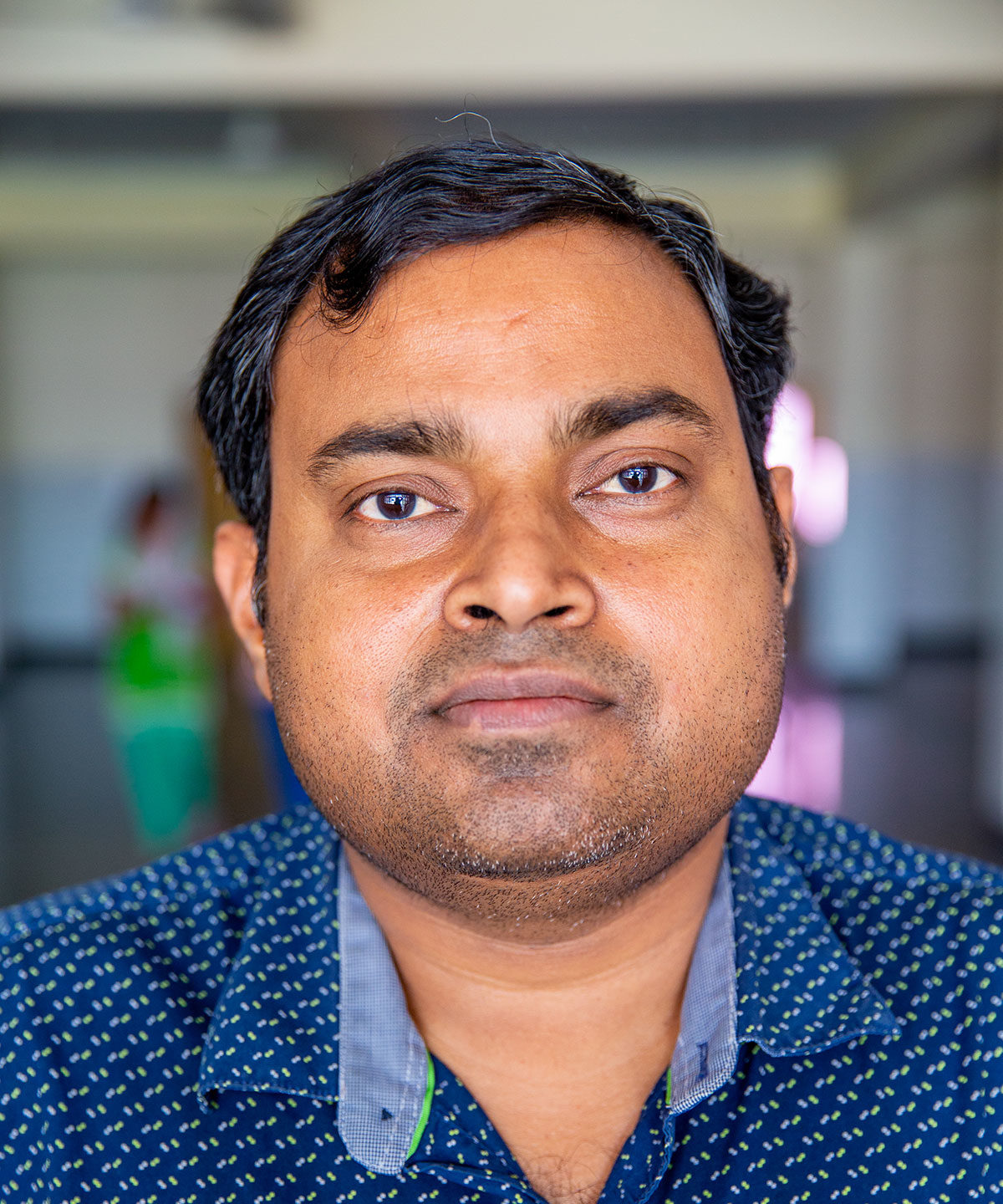
We are fighting back against the onslaught of harmful policies that discard reproductive rights.
Stay informed about the issues impacting sexual and reproductive health and rights.
